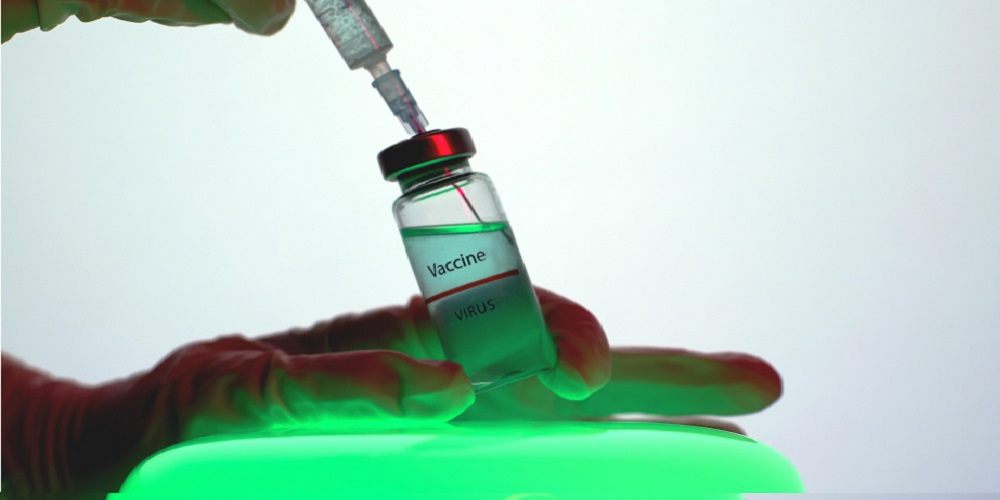Three historic developments have brought the Covid-19 vaccine to countries across the globe, including Pakistan. Virologists, vaccine developing scientists, and vaccine companies must be applauded for these advances. However, only the development of a vaccine is not enough. It also needs three equally matching actions, to make the vaccine success, and to fold the pandemic back to history.
Among the historical developments, number one is the quick isolation of the virus and sharing of its genetic details. SARS-CoV-2 causes Covid-19. Practically speaking, the theoretical foundations for the development of vaccines were available within 15 days of the initial cohort. This is something extraordinary.
COVID-19 & Influenza virus
A similar (not the same) process for the discovery of the influenza virus. Which was causing the Spanish Flu in 1918, It took 15 years. Initially, at that time, the scientists suspected the disease to be due to a type of bacteria called Hemophilus Influenzae; an assumption that later proved wrong. It took 15 years for scientists to figure out the causative virus, which they discovered and ultimately isolated in 1933.
The second remarkable achievement is the fast-paced development of the Covid-19 vaccine. Historically, it would take a minimum of 10 years for a vaccine to reach licensure. The reason for this prolonged time was that vaccines were developed by weakening a germ or killing it, or by producing part of the virus in the lab; processes that took many years.
But for the Covid-19 vaccine, the researchers employed different techniques. They used “platform technologies” which essentially means inserting a part of the virus into a tried and tested delivery package. This approach was aided by the work that was already underway on other coronaviruses like Middle East Respiratory Syndrome (MERS) virus for the past two decades.
Also, while in traditional vaccine development, the phases of clinical trials are carried out in sequence, in the case of Covid vaccines they overlapped, making the process faster. As a result, vaccine trials for Covid-19 were underway as early as mid-March 2020.
In 1933, the Vaccine of Spanish flu isolated the virus. It required another 3 years to grow the virus outside the human body, a requirement for vaccine development. The common man started receiving this vaccine only in 1946.
Unprecedented success
The third unprecedented success is the bulk manufacturing of the vaccine in quick time. This became possible as vaccine manufacturing continued in parallel to the clinical trials, hoping that trials will succeed. At the beginning of the pandemic, if we recall, the experts projected the vaccine availability in 18 months to 2 years. In contrast, the vaccine has become available within the 10th month of the declaration of a pandemic.
Turning our focus to the hope i.e. actions required now. First and foremost is the equitable provision of the vaccine. It is heartening to note that rich countries have pooled resources to create the COVAX facility to provide adequate doses to low-income countries. COVAX aims at providing 2 billion doses till the end of 2021 for which, G-7 countries recently pledged a resource pool of USD 4.3 billion. This act of helping the low-income countries is a need of the rich as well, for their safety, health, and wellbeing.
Along the same lines, equity within the country, i.e. paying attention to all segments of society is important. No country is safe from the virus if only the urban populations, or the elite, or more resourceful receive the vaccine, while the rural, the poor, and the resource-less remain deprived. Infection among the deprived will persist and can strike back to other strata at any time.
As citizens, we will also have to pay personal attention to the equitable coverage of vaccines even within our households. The housemaid, the driver, the chowkidar, each one of them is susceptible which makes others susceptible too. Hence ensuring the vaccination of have-nots becomes a paramount responsibility of those who have access to vaccine and their information.
Efficient delivery of vaccines
Efficient delivery of vaccines is the second action required for the current phase. In the past, vaccinating adults for any kind of disease has been a rarity for decades. In 2009, for example, efforts to globally deploy the new H1N1 vaccine faced many challenges. Addition to quick manufacturing and deployment, identifying which people should receive the vaccine, how to contact them, and how to store and move the vaccine within a country, posed hurdles at that time.
Learning from the past, and pre-empting the likely difficulties is the best approach for the current pandemic. During 2009, the world learned that ensuring a continued supply of vaccines at inoculation points, making the procedure of getting vaccines hassle-free was crucial.
Last and perhaps the most important aspect of vaccine delivery is the sense and sensibility, that everyone ought to show about the vaccine information. Covid-19 vaccines have become available in record time because countries generously invested in their development. The vaccine is effective in preventing serious disease. This is no mean feat, but it can only succeed if we strive for correct information and show responsibility while forwarding any piece of information.
The writer is a health & risk communication scientist and advises the national ministry of health.


